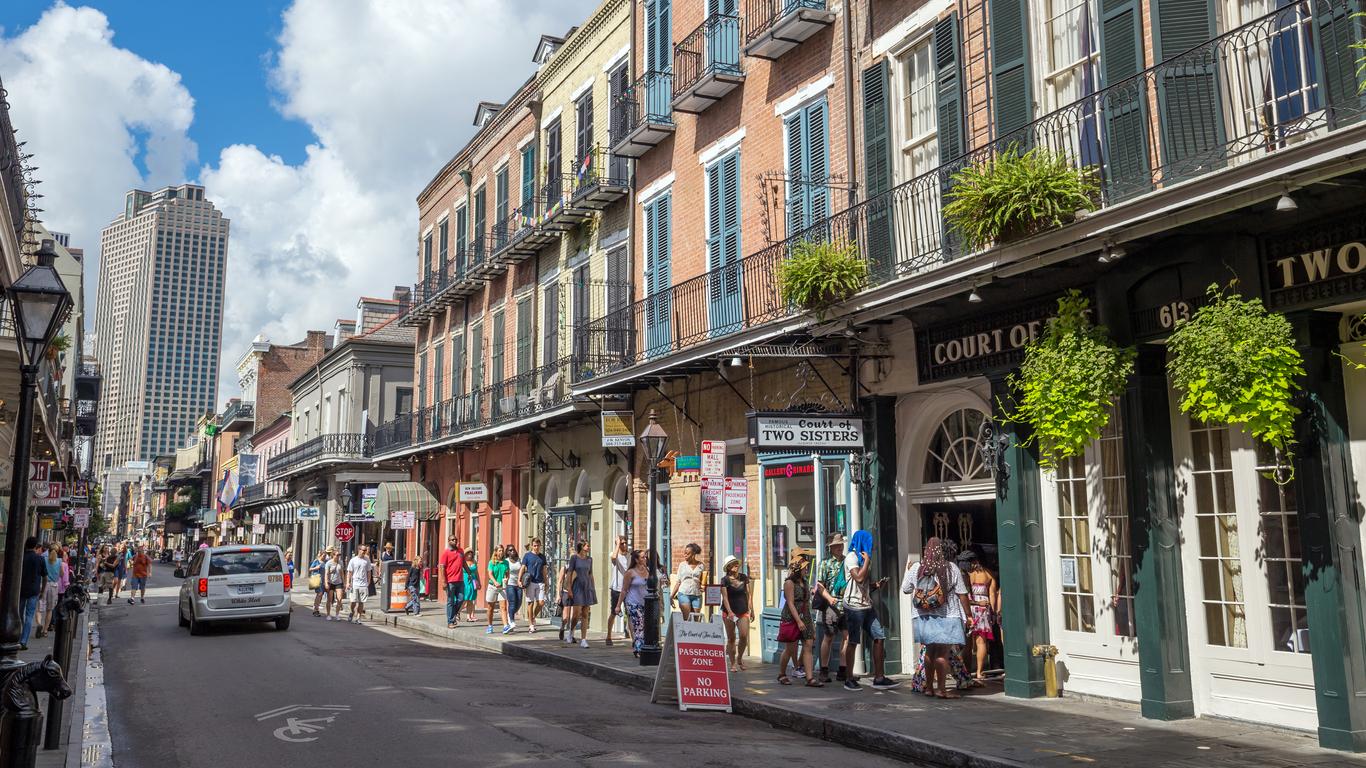Serving the state of Louisiana in the south of the United States, Louis Armstrong New Orleans International Airport, also known as MSY, is a significant travel centre named after the famous jazz musician who was from the local city. Located less than 20 kilometres from the centre of New Orleans, the airport acts as a major transport hub of the area, offering both domestic and international flights, and serving almost 10 million passengers every year. It is the 2nd lowest lying airport in the world, standing at only 1.4 metres above sea level, holds 35 gates in its terminal, offers direct flights to European cities and acts as the primary airport of south-eastern Louisiana.
There are two terminals at MSY, divided into four concourses, some of which focus on domestic American flights and others that handle international flights, and all of which host a number of significant airlines, including American, Delta and Condor Airlines. The top destination is Atlanta, Georgia, with most popular flights occurring within the southern states of the United States, and while waiting, visitors can enjoy the many services of the airport. There are nearby hotels, interior restaurants, bars and cafes and practical facilities like currency exchange, electronic charging stations, banks, baggage storage, changing rooms and a post office, which offers express shipping services. All visitors to Louis Armstrong New Orleans International Airport are offered free Wi-Fi and tax-free shopping opportunities, allowing cheaper shopping possibilities in retail, electronic, food, souvenir and bookstores through the airport.
Due to its proximity to New Orleans city centre, visitors can easily reach MSY via local bus services offered by the city transit authority, which has an express route. Taxis are available in abundance at the airport and offer lifts downtown, in addition to hotel shuttle services, many of which take visitors to hotels in the central business district of the city.
The first airport serving New Orleans was deemed too small and in 1940, plans for a larger one began, which was to be called Moisant Field, after an aviator who died in a 1910 accident. It became an air base during World War II and developed into a civilian airport in 1946. The airport was renamed after Louis Armstrong in 2001 and faced damage from Hurricane Katrina in 2005 when floods closed down the city of New Orleans, although it soon returned to its functioning standard.





